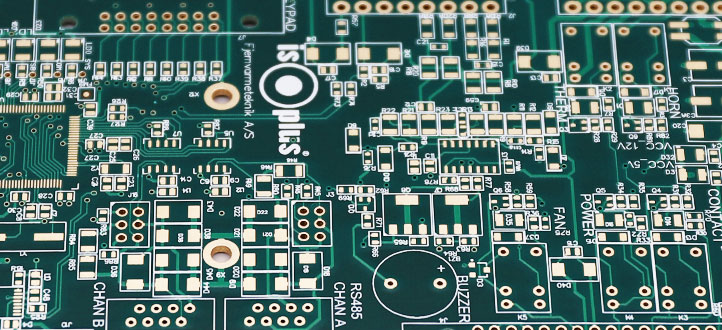What is PCB drilling layer?

The PCB drill layer is a type of layer in PCB manufacturing that describes the positions and dimensions of the holes that need to be drilled on the circuit board. The drill layer plays a critical role in the PCB manufacturing process as it determines the locations of the drill holes on the board, which are used for installing electronic components, interconnecting different layers of the circuit, and serving other specific purposes.
Its main functions are as follows:
1. Component Positioning for Installation:
The drill layer indicates the locations on the circuit board where electronic components need to be installed. By drilling holes at specified positions, components can be accurately inserted into the circuit board, ensuring their proper positioning and connection to other circuitry.
2. Interconnections between Circuit Layers:
In multi-layer PCBs, there is a need for interconnections between different circuit layers. The drill layer describes the locations of these connections. By drilling holes at specified positions and plating them with copper, reliable connections between circuit layers can be achieved.
3. Through-Hole Connections:
Some components require through-hole connections from one side of the circuit board to the other. The drill layer indicates the positions and dimensions of these through-holes, enabling more flexible and reliable connections on the PCB.
4. Installation of Fixtures:
The drill layer is also used for installing fixtures such as screws and pins. These fixtures are used to secure the PCB in a housing or other equipment.
In conclusion, the PCB drill layer is of utmost importance in PCB manufacturing. It ensures the proper positioning and installation of electronic components, facilitates interconnections between circuit layers, and provides locations for through-holes and fixtures. These functionalities collectively ensure the proper functioning and reliability of the PCB.

